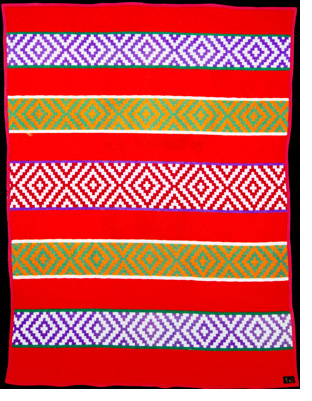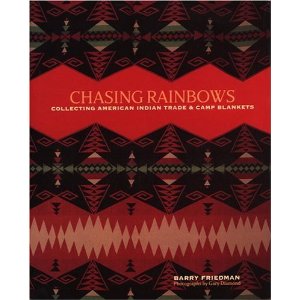
 Today’s guest blogger is Barry Friedman
Today’s guest blogger is Barry Friedman
This writing first appeared in the excellent free High Noon e-newsletter
___________________________________________________________________________________________
As I reminisce about all the comments I’ve heard over the years at the High Noon show, one observation clearly stands out. When asked what he thought about the caliber of dealers on hand, a very astute gentleman let his gaze sweep across the room and said, “This is the smartest group of unemployable people in the world.”
He got that right. We’re all authorities who question authority. Working for someone else? Unthinkable! Nobody would hire us and we’d quit if they did. Most of us are so ornery we can barely stomach working for ourselves. We’re all clearly out of control with zero chance of recuperating because we all share Wild West disease. This silent killer usually strikes when the victim is young and the next thing you know you’re middle-aged and passionately talking about woolies, unraveled bayeta, pommel bags and slobber bars to anyone who will listen.
I’ve become friends with many of you and really try to pay close attention when you’re speaking, but I have a confession to make. I don’t know what the hell you’re talking about. Pomo treasure baskets? Gal leg shanks? Sam Stagg rigging? Who the hell is Sam Stagg and why doesn’t someone stop him before he can rig again?
Shockingly, thousands of seemingly normal people come to the show every year and not only understand these curious items, but are actually willing to purchase them. If their illness worsens some of them may become dealers and the cycle of madness will continue. Ladies and gentlemen, isn’t one Brian Lebel in a generation enough?
Which brings me, naturally, to my specialty…Indian trade blankets. I have devoted the last 42 years of my life to these colorful historic textiles. Sure, I could have gone to dental school as my parents selfishly wanted me to do, but then who would have been the expert on Indian trade blankets?
No dentist could have told you that only the Navajo and the Pueblo Indians wove sheep’s wool into wearing blankets and began doing so in the 1700s. These creations were highly prized by other tribes and became a very important trade item. Flash forward to the 1890s and the end of the Indian Wars. All the tribes became wards of the government and federally licensed traders set up posts to do business with native customers.
Southwestern traders were paying out hard currency to stock the shelves of their posts with staples like coffee, flour and tobacco and not getting cash in return from their Navajo clientele. They needed to develop a product that could put hard currency back in their pocket. Their solution was a heavier, thicker and usually larger textile than the Navajo had ever woven before that could go on the floors of Anglo homes – they invented the Navajo rug! So successful was this product that Navajo looms transitioned completely to producing commercial weavings for the traders and no longer made their traditional blankets at all.
The Indians still loved wearing blankets and commercial woolen mills saw a golden opportunity. They would make blankets for the Indians while the Indians made rugs for non-Indians. In 1892 the first Indian trade blanket was made by J. Capps & Sons of Jacksonville, Illinois and four years later the Pendleton Woolen Mills of Pendleton, Oregon sold their very first trade blanket. Today Pendleton is the only surviving pioneer manufacturer of Indian blankets and half of their annual production is purchased by Native Americans.
Pendleton blankets are purchased by many tribes, but few hold them dearer than the Navajo. A fine wool Pendleton blanket is a favored gift for christenings, birthdays, weddings and any other important occasion. The Zunis buy a blanket that Pendleton markets specifically for them and is not sold to the public or through any Pendleton catalog. It is a jet black blanket and while some Zuni women make clothing out of it, it is traditionally used as a burial shroud.
So ponder the surreal – for close to 120 years Indians have been making rugs for those of us in the Caucasian tribe and we’ve been making Indian blankets for Indians. If that isn’t crazy, I’m not a High Noon dealer!
___________________________________________________________________________________________
 Barry Friedman is the author of Chasing Rainbows: Collecting American Indian Trade & Camp Blankets. The sequel, Still Chasing Rainbows, will be published this fall. In his previous life he was a professional comedy writer and wrote for everyone from Johnny Carson to Jerry Seinfeld. Barry often parties with Charlie Sheen and considers him a wallflower.
Barry Friedman is the author of Chasing Rainbows: Collecting American Indian Trade & Camp Blankets. The sequel, Still Chasing Rainbows, will be published this fall. In his previous life he was a professional comedy writer and wrote for everyone from Johnny Carson to Jerry Seinfeld. Barry often parties with Charlie Sheen and considers him a wallflower.
You can get more information at his website: barryfriedmanblankets.com.
And you can order his book by clicking HERE.
